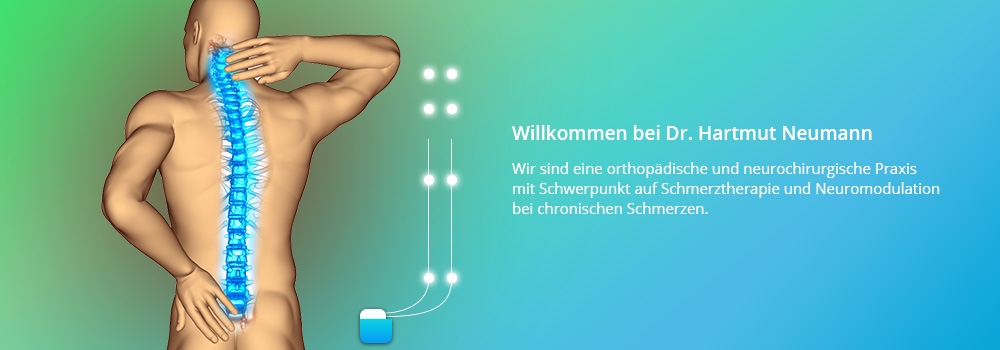Migraines and intractable headaches
Women are affected three times as often as men, especially those between the ages of 25 and 45. Approximately 10 % of the German population suffers from this neurological condition. It is a throbbing headache that occurs in one half of the head in attack-like episodes, and is often accompanied by nausea, vomiting and sensitivity to light and noises. The headache is characterised by different phases – the prodromal, aura, headache and postdromal phases.The prodromal phase can last for between two hours and two days, and is characterised by tiredness, frequent yawning, sensitivity to noise and sometimes intense hunger.
The aura phase does not occur in more than 20 % of migraine attacks – it is characterised by visual problems, sensitivity to touch and pins and needles in the face, arms and legs.
The headache phase generally lasts between one hour and three days. The person affected will be sensitive to light and noise, and the pain will tend to be concentrated in one half of the head around the temples, forehead and eyes.
The postdromal phase lasts for one day and is characterised by tiredness and faintness. Lack of sleep, stress, noise, lack of exercise, environmental pollution and diet are the most common triggers.
Acute treatment for migraines involves aspirin, Paracetamol and Ibuprofen or triptans. Anti-emetics for nausea, anti-epileptics and cortisone are also used. If the migraines or headaches are resistant to conservative therapies, it is recommended that a spinal cord stimulator (SCS) be implanted. This is called occipital nerve stimulation (ONS). We have already been able to help many patients in the long-term using this therapy.

